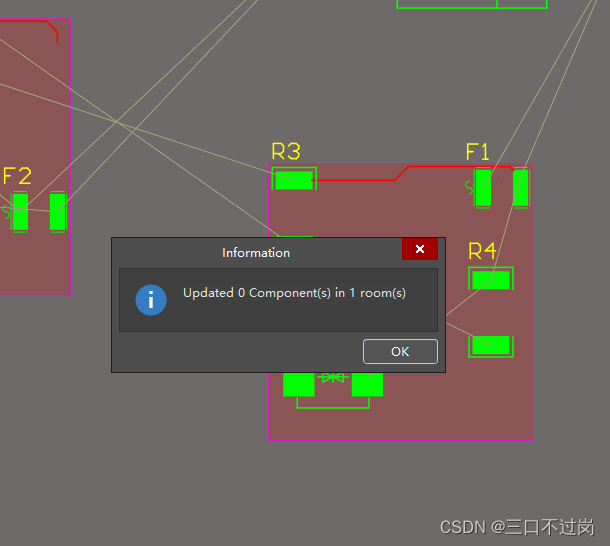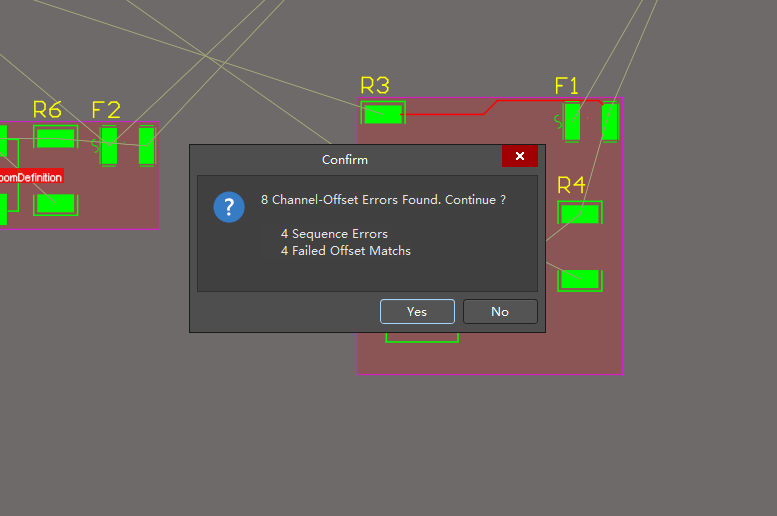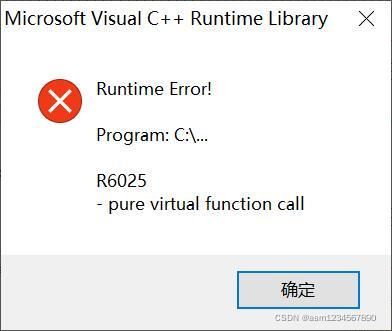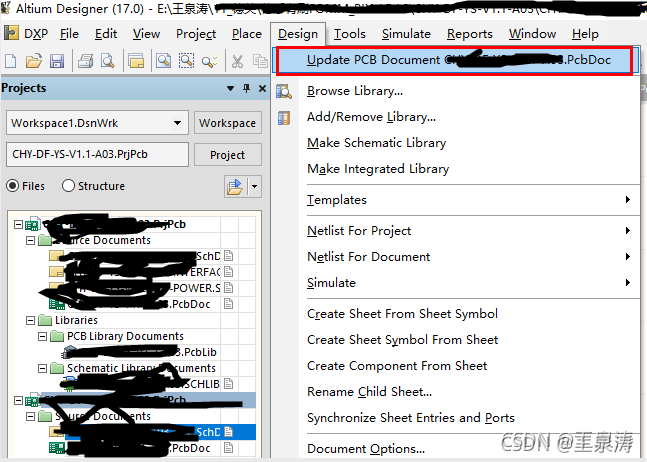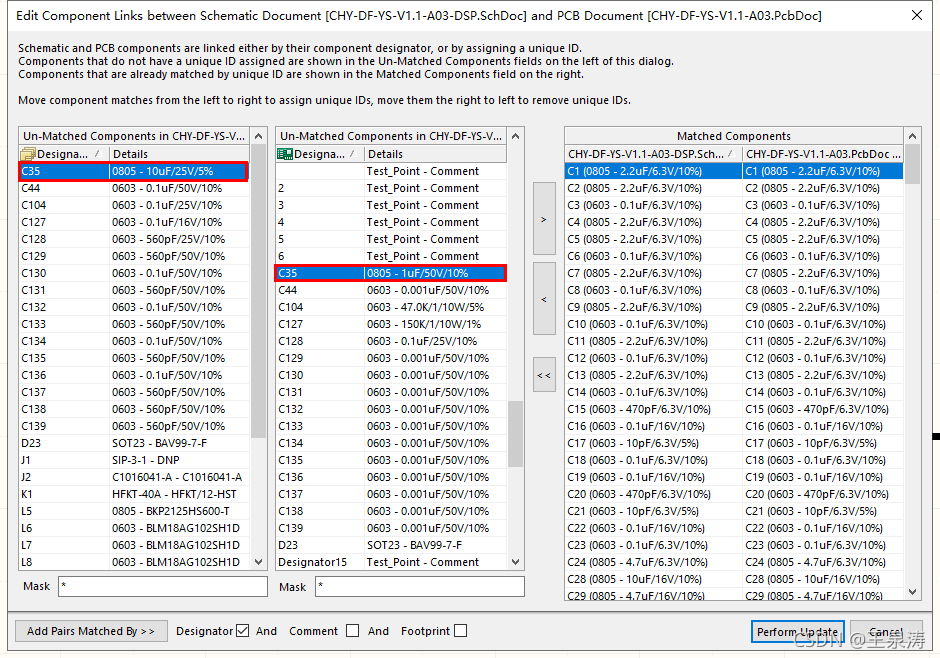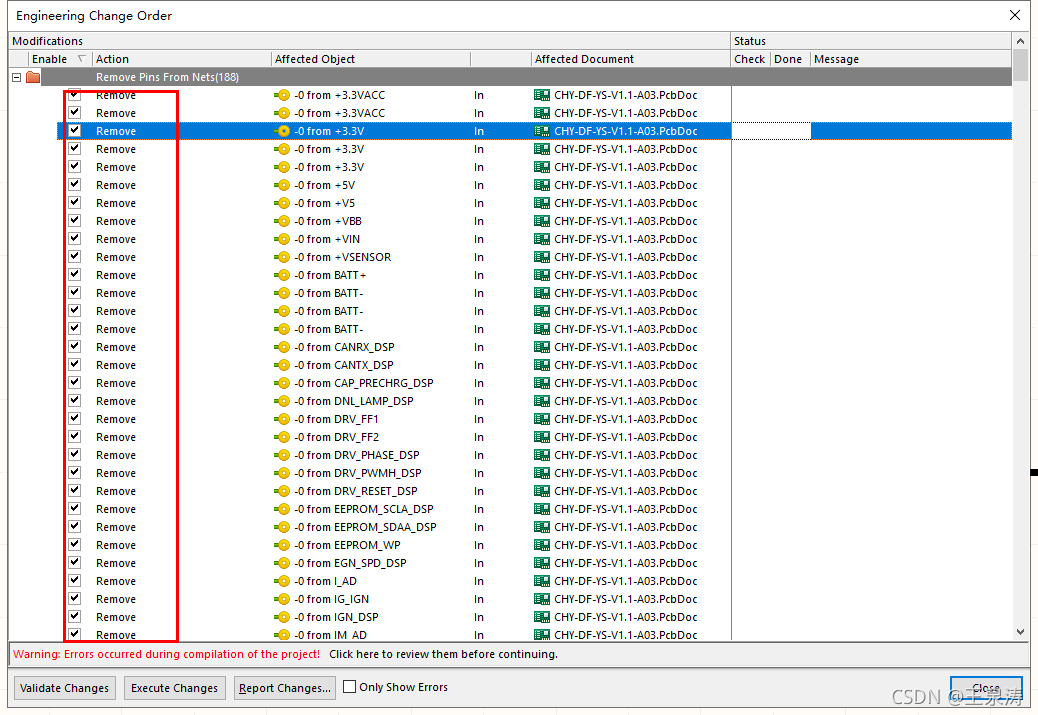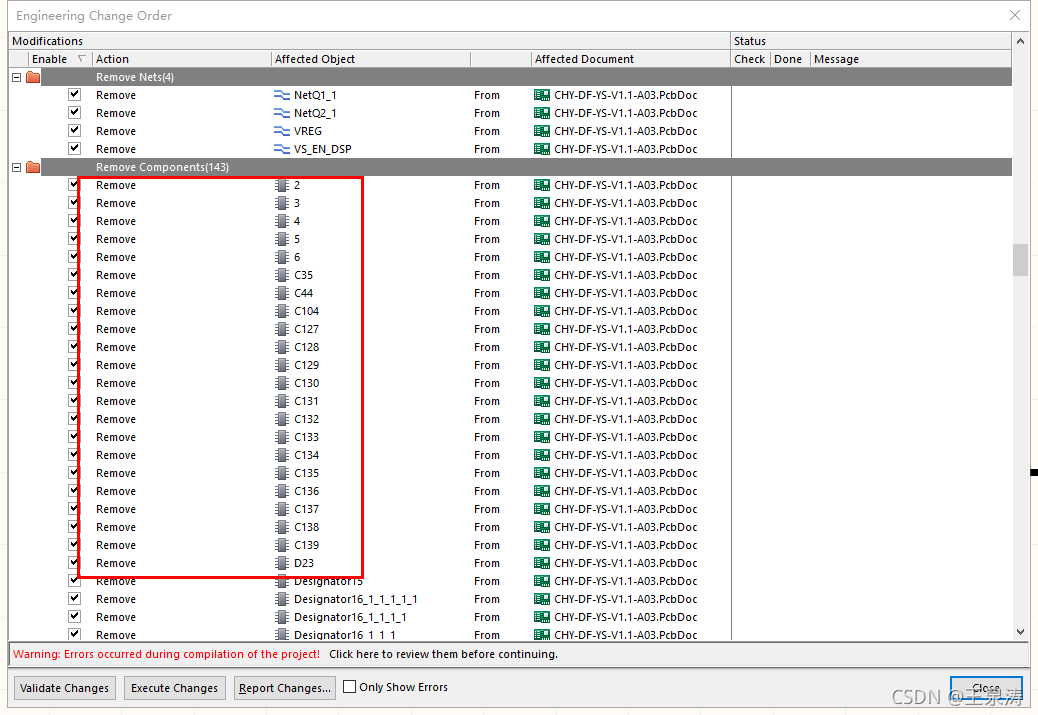[USF-XSim-62] ‘elaborate’ step failed with error(s). Please check the Tcl console output . and
[Vivado 12-4473] Detected error while running simulation. Please correct the issue and retry this operation.
The problems are as follows:

Ways to find problems
Method 1: messages in vivado cannot see detailed information, but after the error, the path of the log will be displayed. Open D:/vivado/fortest/fortest.sim/sim_1/behav/xsim/ elaboration.log, we can see error: [vrfc 10-3180] cannot find port ‘extreme_Result ‘on this module, modify the error
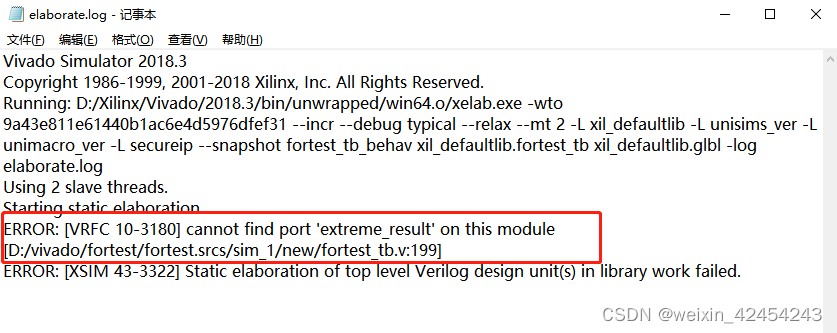
method 2: directly see the details in the log window in vivado, find the error, and then modify it

my error is that the port name of the instantiated function file in the simulation file is wrong.
Compare the size of two numbers of 8 bits
module extreme_8bit(
extreme0,
extreme1,
DataSign,
SubType,
extreme_Result
);
input [7:0] extreme0;//vector operand 1 to participate in the most-valued comparison
input [7:0] extreme1;//vector operand 2 to participate in the most-valued comparison
input DataSign;//0: unsigned; 1: signed
input SubType;//0: find the maximum value max;1: find the minimum value min
output reg [7:0] extreme_Result;//the final result
reg extreme_c_carry;
wire carry;
wire [7:0] extreme_sum;
wire [7:0] temp_extreme0,temp_extreme1;//find the most value when the unsigned highest bit is the same, the virtual construction of the two numbers
reg [7:0] add_extreme0,add_extreme1;//enter the adder's operands for subtraction operations
Translated with www.DeepL.com/Translator (free version)
reg [7:0] min,max;
assign temp_extreme0={1'b1,extreme0[6:0]};
assign temp_extreme1={1'b0,extreme1[6:0]};
always @(*)begin
extreme_c_carry = 1'b1;
if(DataSign==0)begin//0:unsigned
{add_extreme0,add_extreme1} = {temp_extreme0,~temp_extreme1};
if(SubType==0)begin//0: find the maximum value max, i.e. unsigned vector with same width integer subsumption max
if(extreme0[7]! =extreme1[7]) begin // make sure the highest bit of the input data is inconsistent
if(extreme0[7]==1) begin //extreme0>extreme1
max <= extreme0;
extreme_Result <= max;
end
else begin //extreme0[7]==0;extreme1[7]==1;extreme0<extreme1
max <= extreme1;
extreme_Result <= max;
end
end
else begin//extreme0[7]==extreme1[7] input data highest bit is the same, remove the highest bit to do the difference
if(extreme_sum[7]==1)begin//extreme0>extreme1,when subtracting, the highest bit does not happen to be borrowed, the highest bit built 1 is still 1
max <= extreme0;
extreme_Result <= max;
end
else begin//extreme_sum[7]==0,extreme0<extreme1,,when subtracted, the highest bit is borrowed and the constructed 1 becomes 0
max <= extreme1;
extreme_Result <= max;
end
end
end
else begin//SubType==1,1:Find the minimum min, i.e., the minimum with unsigned vectors of the same width integer normalization
if(extreme0[7]! =extreme1[7]) begin // Determine if the highest bit of the input data is inconsistent
if(extreme0[7]==1) begin//extreme0>extreme1
min <= extreme1;
extreme_Result <= min;
end
else begin //extreme0[7]==0;extreme1[7]==1;extreme0<extreme1
min <= extreme0;
extreme_Result <= min;
end
end
else begin//extreme0[7]==extreme1[7]Input data highest bit is the same, remove the highest bit to do the difference
if(extreme_sum[7]==1)begin//extreme0>extreme1,when subtracting, the highest bit does not happen to borrow, the highest bit built 1 is still 1
min <= extreme1;
extreme_Result <= min;
end
else begin//extreme_sum[7]==0,extreme0<extreme1,,when subtracted, the highest bit is borrowed and the constructed 1 becomes 0
min <= extreme0;
extreme_Result <= min;
end
end
end
end
else begin//DataSign==1,1:with symbols
{add_extreme0,add_extreme1} = {extreme0,~extreme1};
if(SubType==0)begin//0: find the maximum value max, i.e. the signed vector with the same width integer subsumption max
if(extreme0[7]! =extreme1[7])begin///heteroscedasticity of two numbers, the highest bit does not match the case to determine who is the largest integer
if(extreme0[7]==1) begin//extreme0 is a negative number
max <= extreme1;
extreme_Result <= max;
end
else begin //extreme1 is a negative number
max <= extreme0;
extreme_Result <= max;
end
end
else begin//The same number (with the same positive or negative) of two numbers, the highest bit of the same case to determine who is the largest integer
if(extreme_sum[7]==1)begin//extreme0<extreme1,the result of subtraction is negative
max <= extreme1;
extreme_Result <= max;
end
else begin//extreme_sum[7]==0,extreme0>extreme1,the result of subtraction is positive
max <= extreme0;
extreme_Result <= max;
end
end
end
else begin//SubType==1,1:Find the minimum min, i.e., the signed vector with the same width integer normalized to the minimum
if(extreme0[7]! =extreme1[7])begin///Determine who is the smallest integer if the two numbers with different signs and the highest bit do not match
if(extreme0[7]==1) begin//extreme0 is a negative number
min <= extreme0;
extreme_Result <= min;
end
else begin //extreme1 is negative
min <= extreme1;
extreme_Result <= min;
end
end
else begin//Two numbers with the same number (same positive or negative), the highest bit is the same to determine who is the smallest integer
if(extreme_sum[7]==1)begin//extreme0<extreme1,the result of subtraction is negative
min <= extreme0;
extreme_Result <= min;
end
else begin//extreme_sum[7]==0,extreme0>extreme1,the result of subtraction is positive
min <= extreme0;
extreme_Result <= min;
end
end
end
end
end
RISCV_8BIT_REDADD extreme(
.o_sum(extreme_sum),
.o_cout(carry),
.i_a(add_extreme0),
.i_b(add_extreme1),
.i_cin(extreme_c_carry)
);
endmodule
The multi bit width is divided into 8 bits to compare the size
module extreme_8bit_256(
extreme0,
extreme1,
DataSign,
SubType,
extreme_temp,
extreme_result256
);
parameter M = 16; //VLEN = 256 ;
parameter N = 8; //SEW = 8 ;
input [M-1:0] extreme0;//The number of vector operands participating in the most-valued comparison1
input [M-1:0] extreme1;//vector operand 2 for the most-valued comparison
input [1:0] DataSign;//x0: unsigned; x1: signed
input [2:0] SubType;//0: find the maximum value max;1: find the minimum value min
output [M-1:0] extreme_temp;
output [N-1:0] extreme_result256;//the final result
extreme_8bit extreme_8bit_inst0(
.extreme0(extreme0[N-1:0]),
.extreme1(extreme1[N-1:0]),
.DataSign(DataSign[0]),
.SubType(DataSign[0]),
.extreme_Result(extreme_temp[N-1:0])
);
genvar i;
generate
for(i = 0;i < 1;i = i + 1)begin
extreme_8bit extreme_8bit_inst(
.extreme0(extreme_temp[i*N+N-1:i*N]),
.extreme1(extreme1[(i+1)*N+N-1:(i+1)*N]),
.DataSign(DataSign[0]),
.SubType(SubType[0]),
.extreme_Result(extreme_temp[(i+1)*N+N-1:(i+1)*N])
);
assign extreme_result256[N-1:0] = extreme_temp[M-1:M-N];
end
endgenerate
endmodule
Simulation file (the previous file reported an error because when the extreme_8bit_256 module was instantiated, the port extreme_result256 was incorrectly written as extreme_result, and all displays did not find the port extreme_result)
module fortest_tb( );
parameter M = 16; //VLEN = 256 ;
parameter N = 8; //SEW = 8 ;
reg [M-1:0] extreme0;
reg [M-1:0] extreme1;
reg [1:0] DataSign;//0:unsigned; 1: signed
reg [2:0] SubType;//0: find the maximum value max;1: find the minimum value min
wire [M-1:0] extreme_temp;
wire [N-1:0] extreme_result;
extreme_8bit_256 extreme_8bit_256_inst(
.extreme0(extreme0),
.extreme1(extreme1),
.DataSign(DataSign),
.SubType(SubType),
.extreme_temp(extreme_temp),
.extreme_result256(extreme_result)
);
initial begin//DataSign;//x0:unsigned; x1: signed SubType;//xx0:max; xx1:min
extreme0 = 16'b0;
extreme1 = 16'b0;
DataSign = 2'b00;
SubType = 3'b000;
#100
SubType = 3'b000;
extreme0 = 16'b1010_0001_0001_0111;
extreme1 = 16'b0100_0111_1010_0001;
#100
SubType = 3'b001;
extreme0 = 16'b1010_0001_0001_0111;
extreme1 = 16'b0100_0111_1010_0001;
#100
DataSign = 2'b01;
SubType = 3'b000;
extreme0 = 16'b1010_0001_0001_0111;
extreme1 = 16'b0100_0111_1010_0001;
#100
SubType = 3'b001;
extreme0 = 16'b1010_0001_0001_0111;
extreme1 = 16'b0100_0111_1010_0001;
end
endmodule
